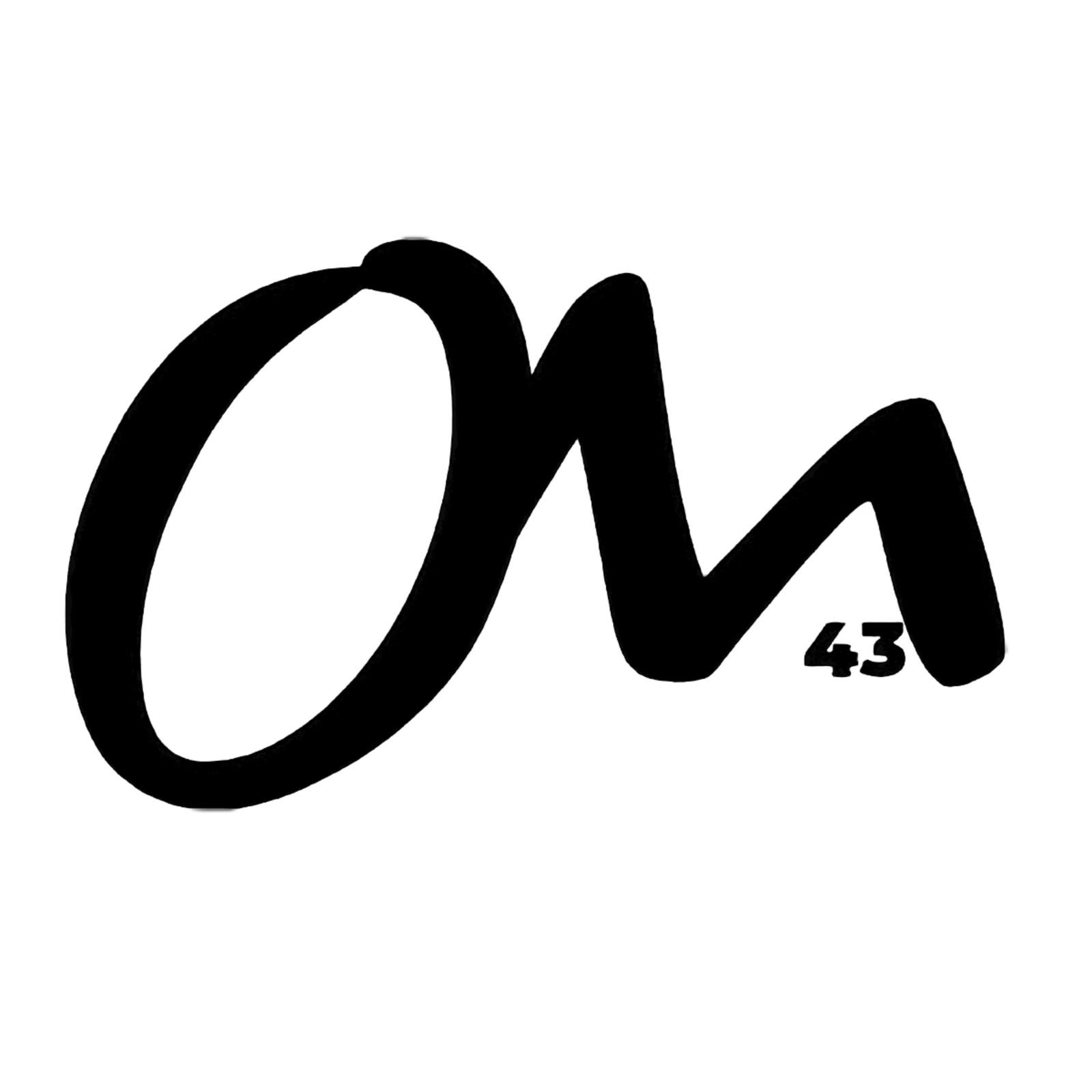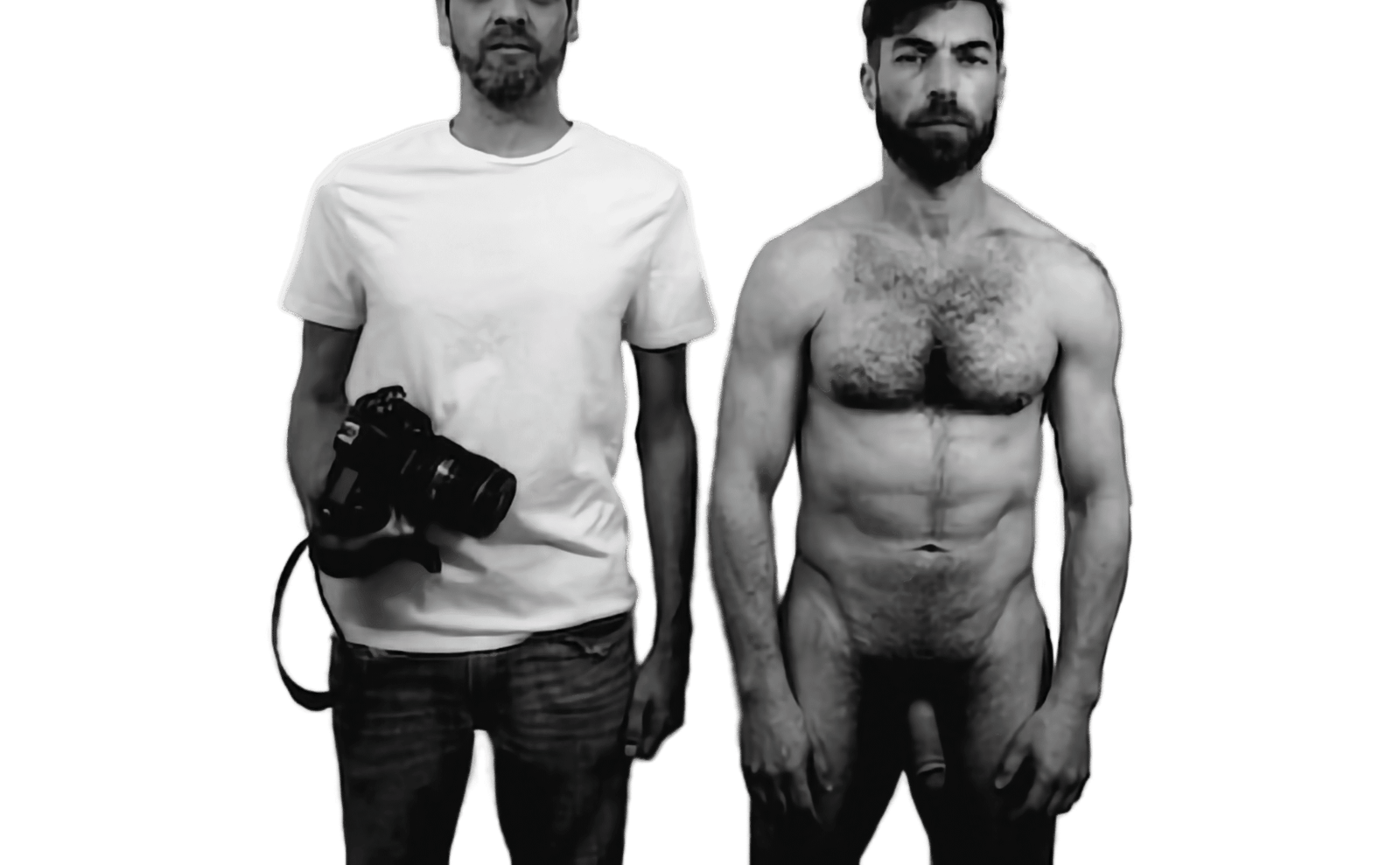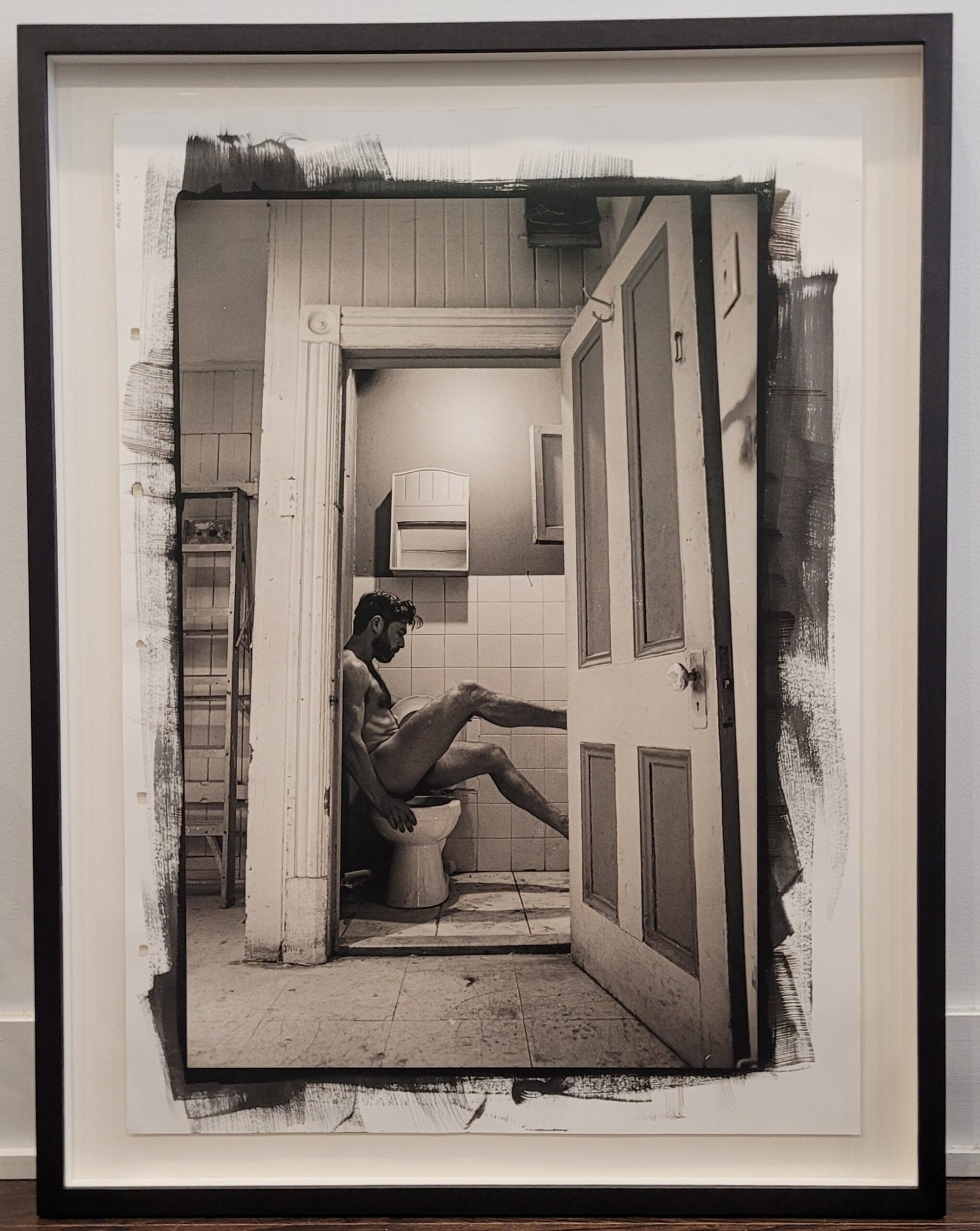
feel it by sigh




La technique gum over palladium en noir et blanc associe deux procédés photographiques du XIXe siècle pour produire des tirages d’une grande profondeur visuelle et matérielle. L’image est d’abord imprimée en palladium, un métal noble reconnu pour sa stabilité archivistique et sa capacité à restituer une large gamme de gris et de noirs profonds. À cette base se superposent une ou plusieurs couches de gomme bichromatée — un mélange de gomme arabique, de pigment noir et de bichromate de potassium — sensibles à la lumière UV. Chaque couche est exposée à travers un négatif et développée à l’eau, durcissant la matière selon les zones exposées. Cette stratification accentue les volumes, les textures et le modelé, produisant une image à la fois photographique et picturale, où l’intervention manuelle participe pleinement de l’esthétique finale.
The black-and-white gum-over-palladium technique combines two 19th-century photographic processes to produce prints of great visual and material depth. The image is first printed in palladium, a noble metal renowned for its archival stability and ability to reproduce a wide range of deep grays and blacks. This base is then superimposed with one or more layers of gum bichromate—a mixture of gum arabic, black pigment, and potassium dichromate—sensitive to UV light. Each layer is exposed through a negative and developed with water, hardening the material in the exposed areas. This layering accentuates volumes, textures, and modeling, producing an image that is both photographic and painterly, where manual intervention fully contributes to the final aesthetic.